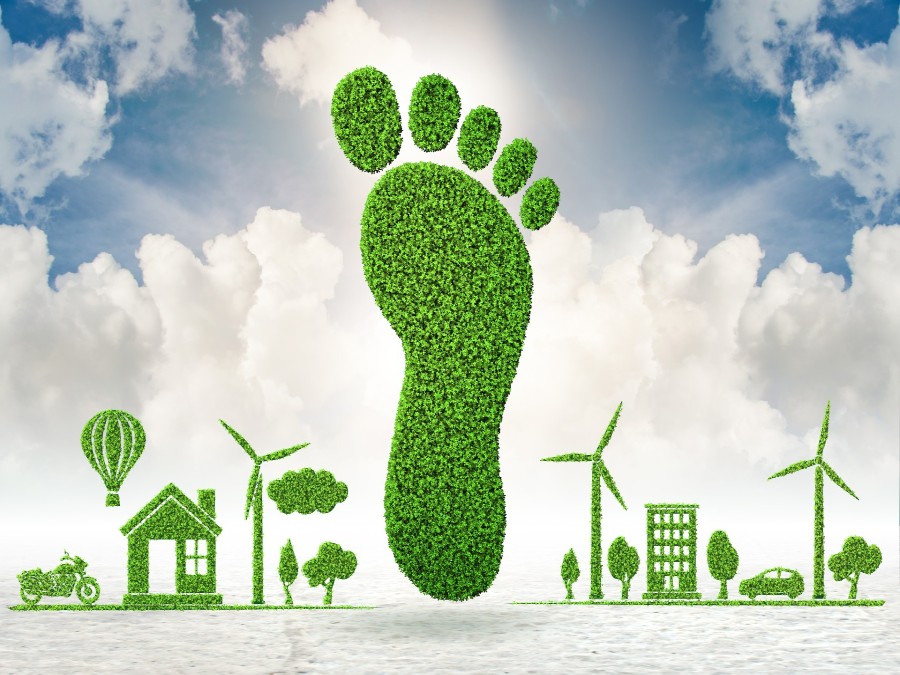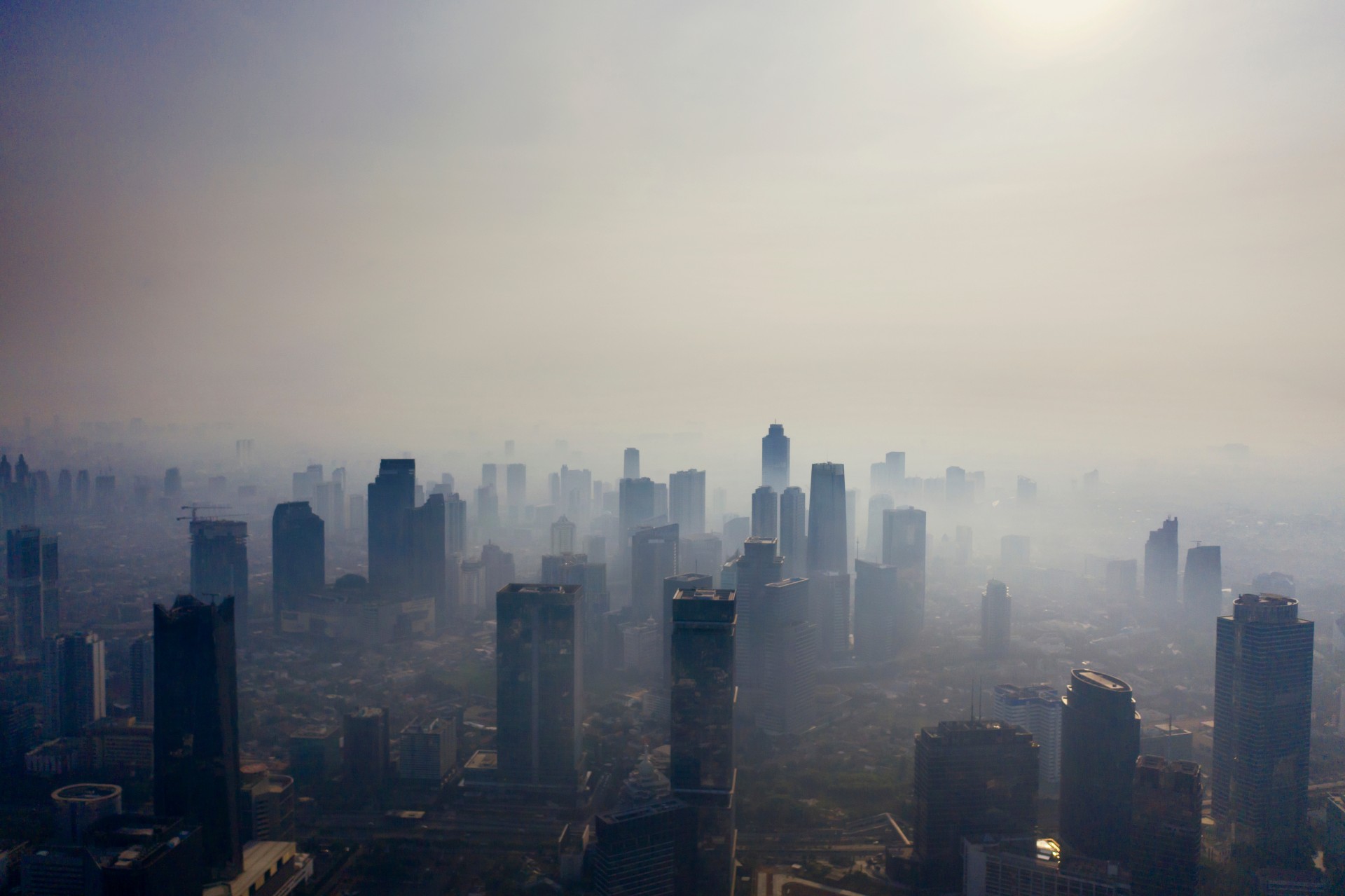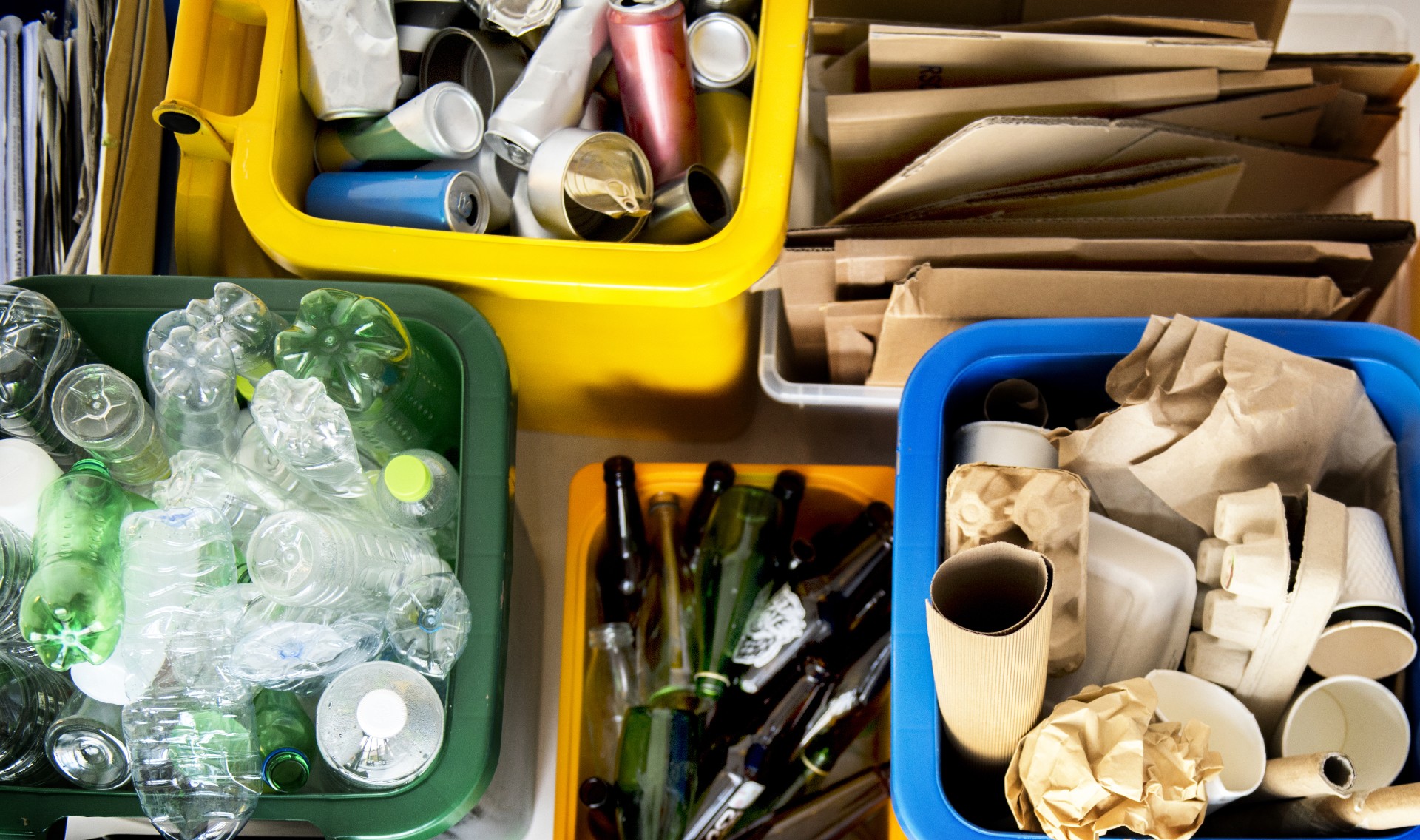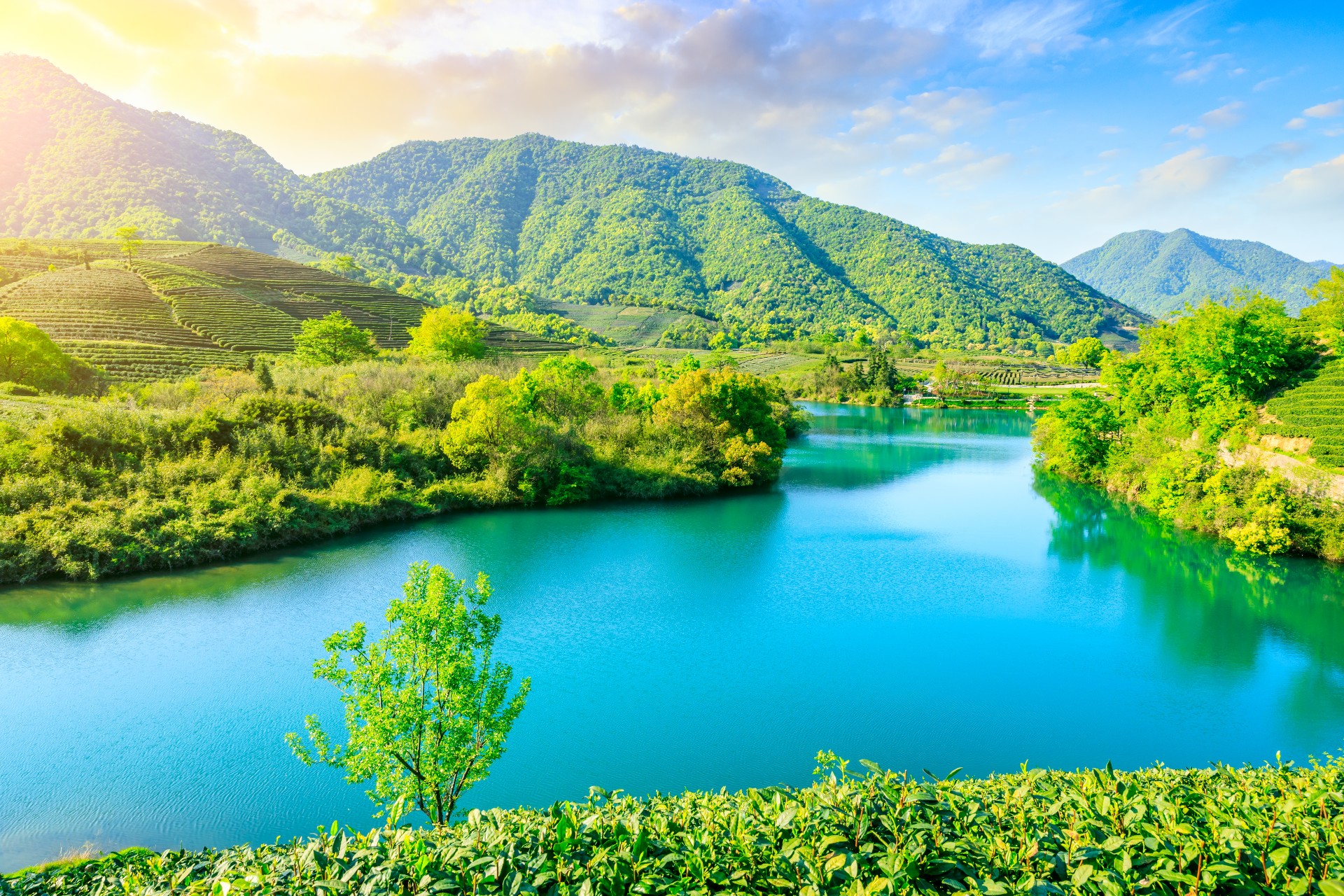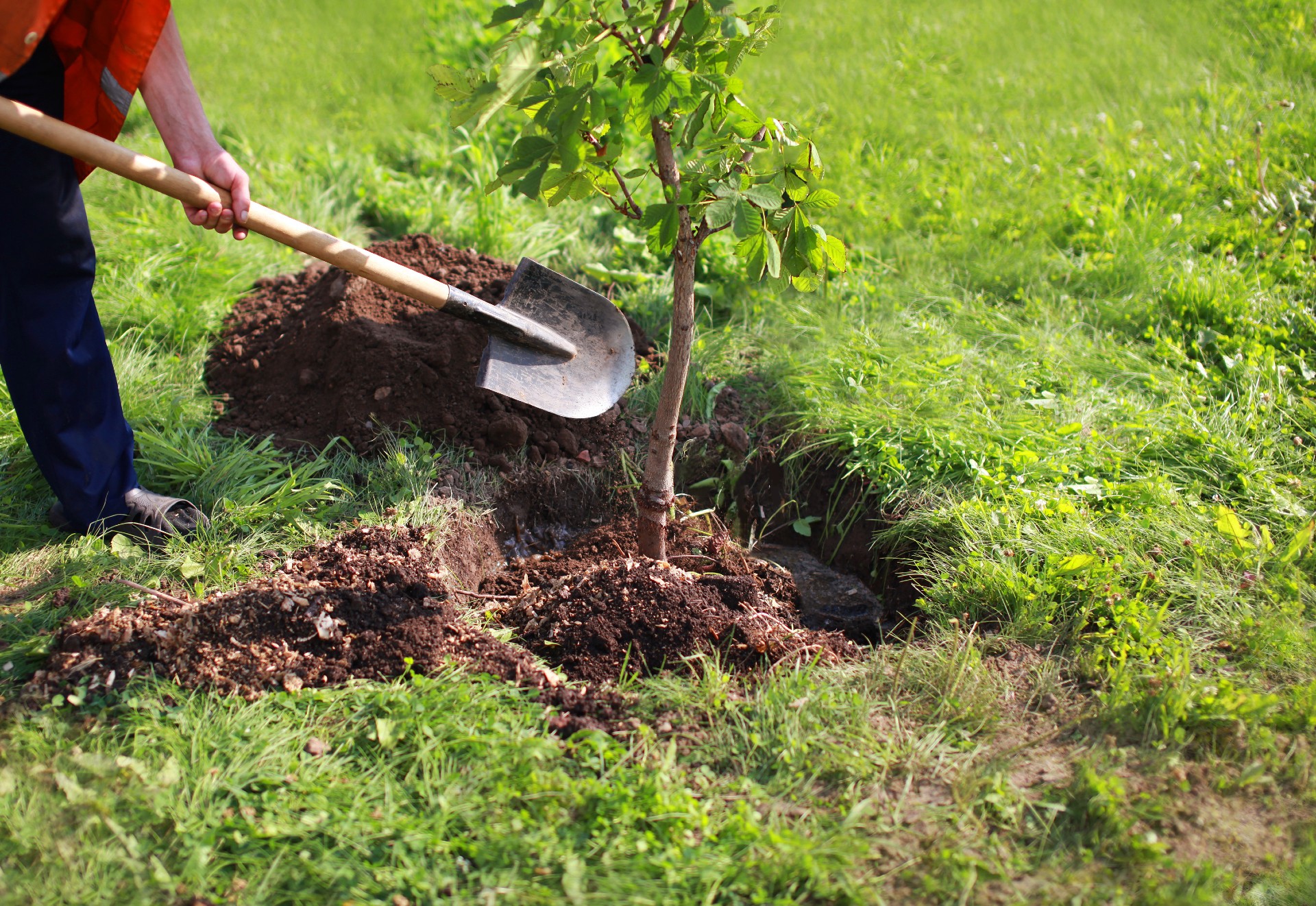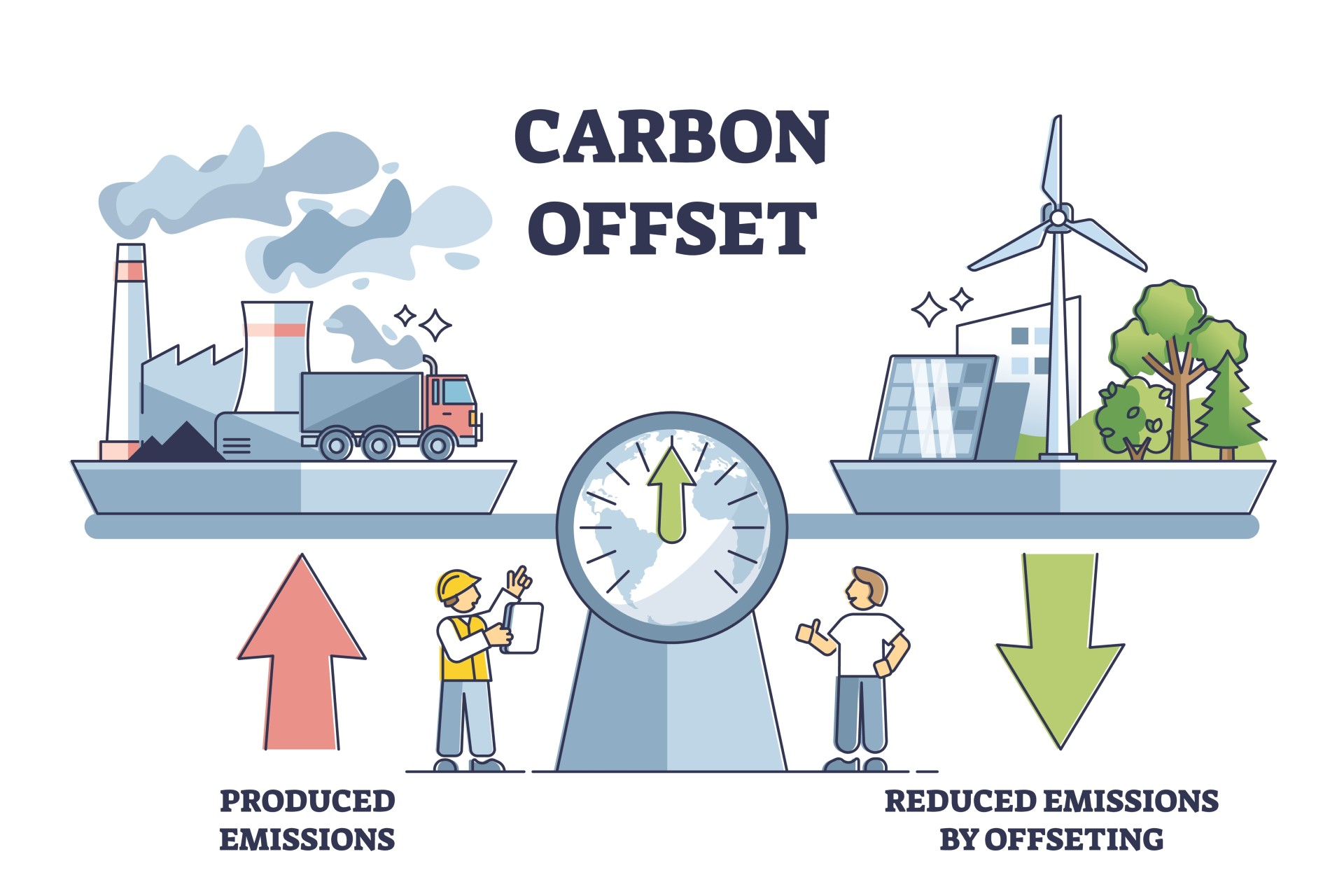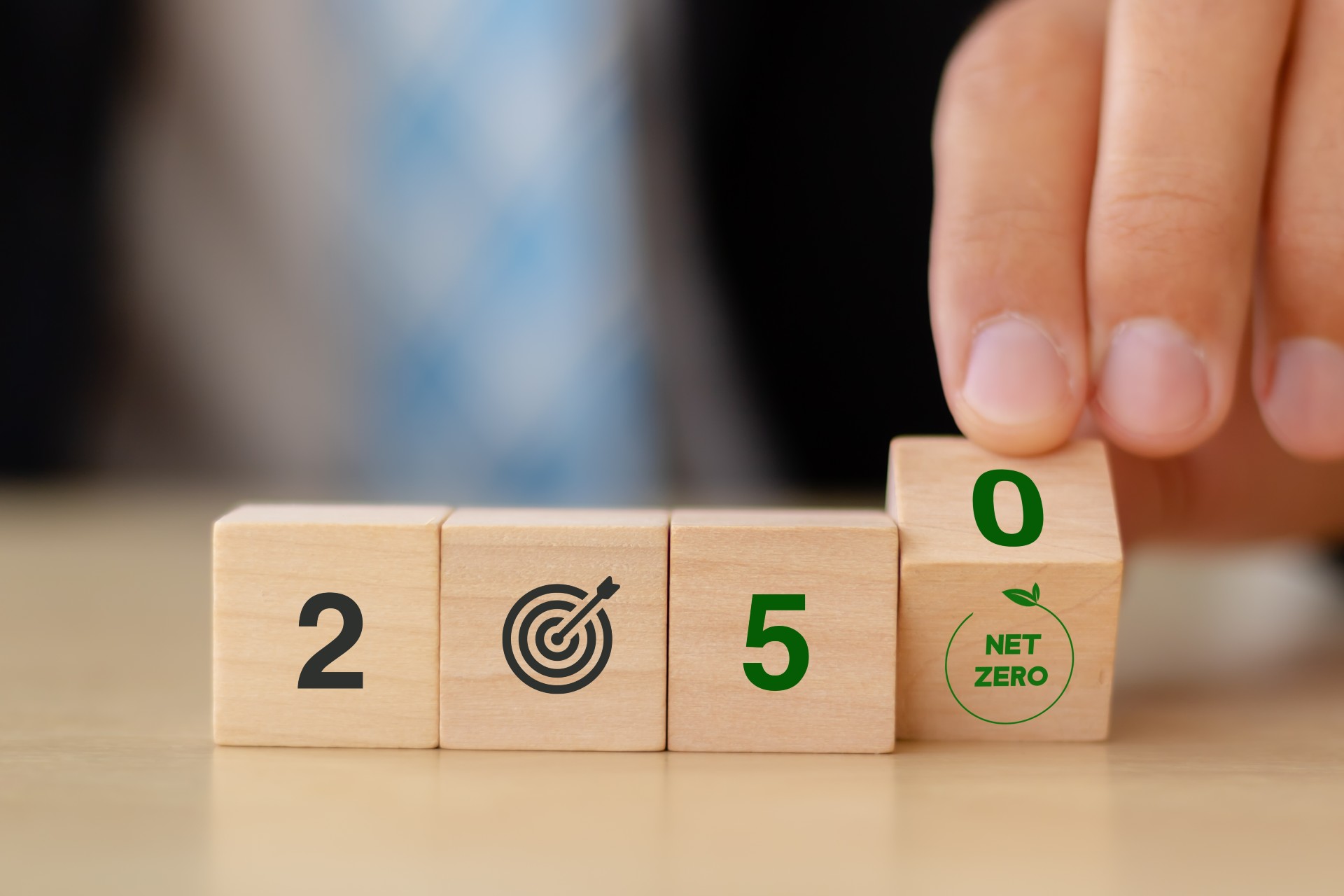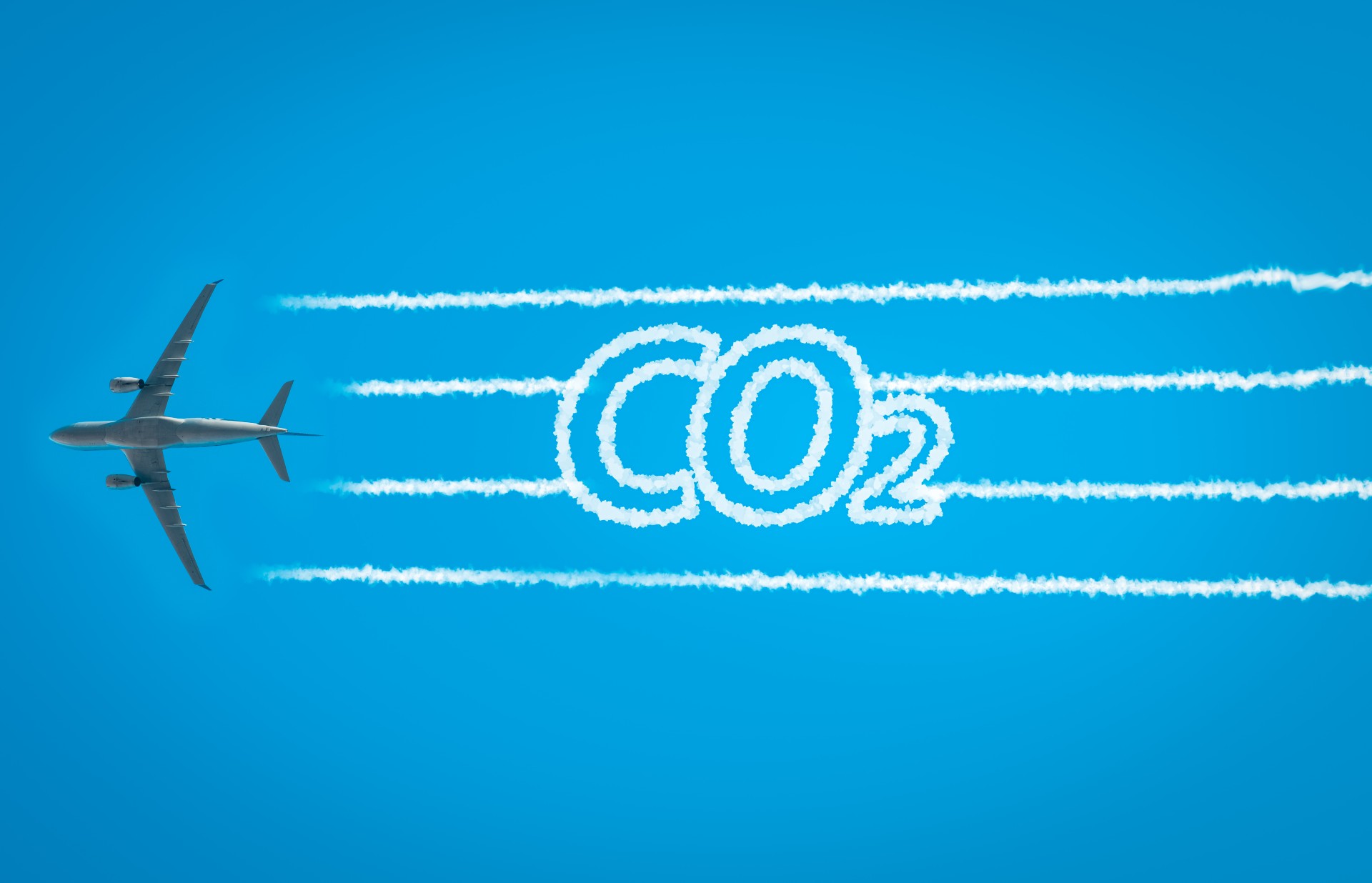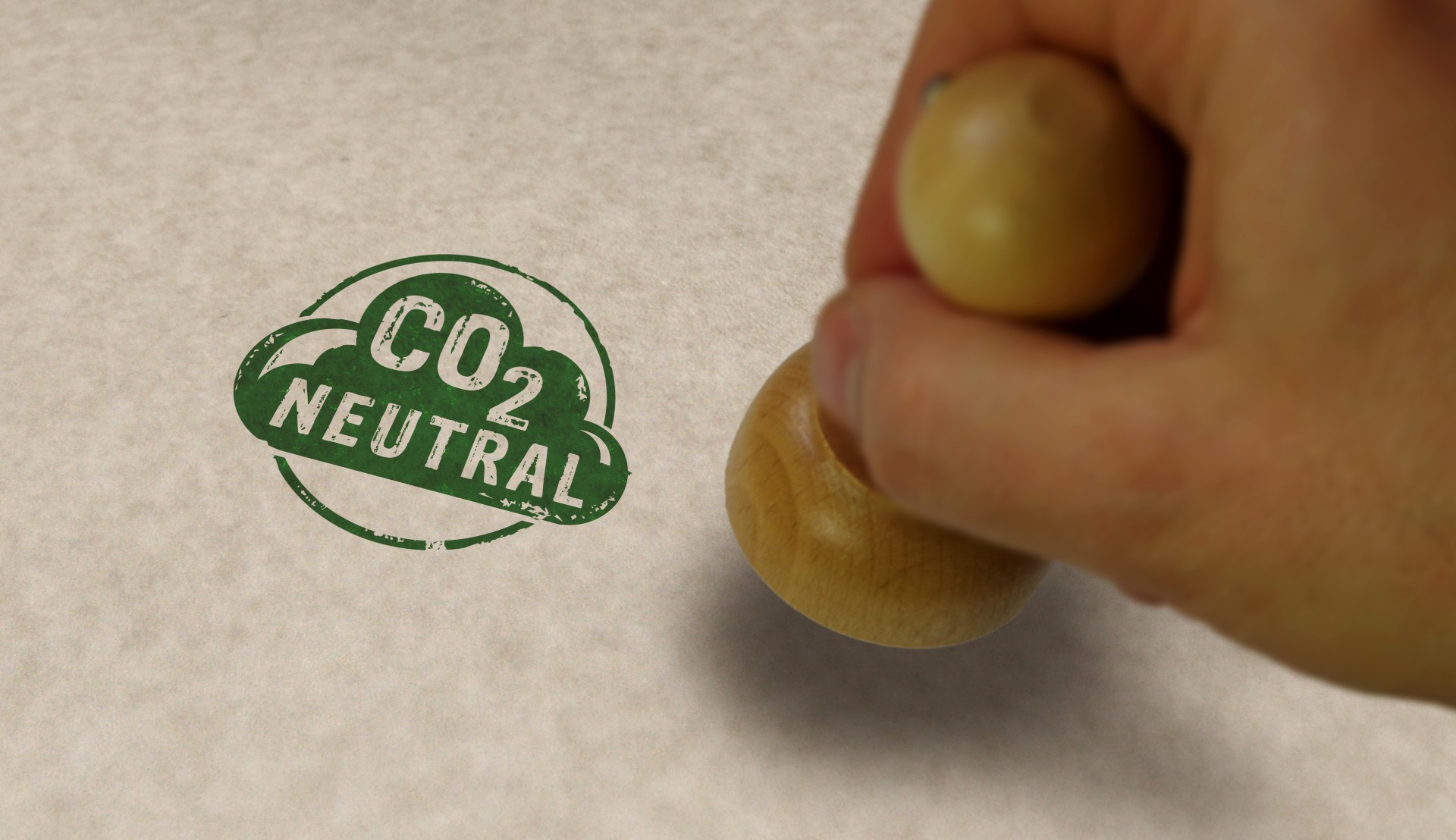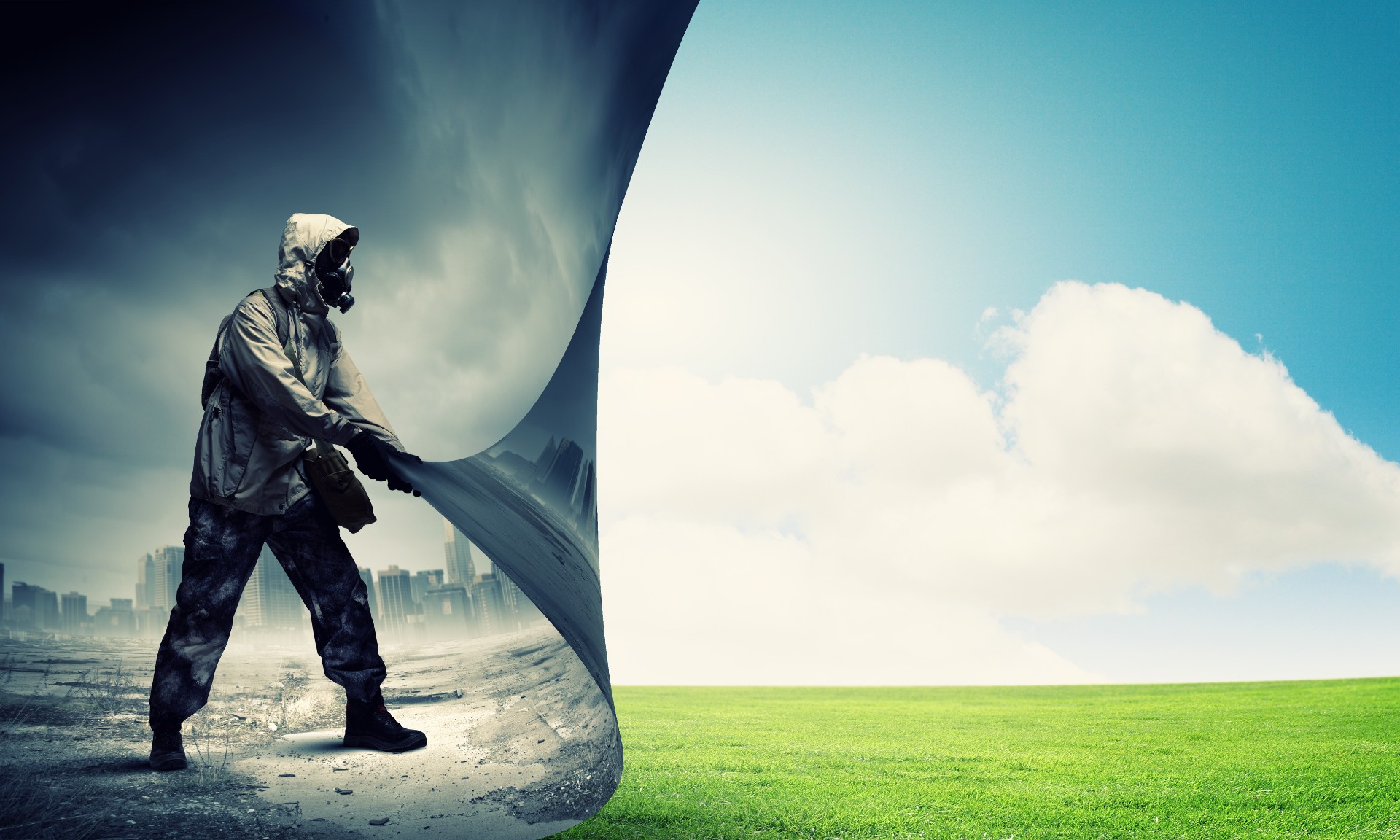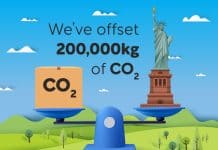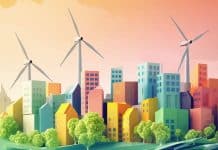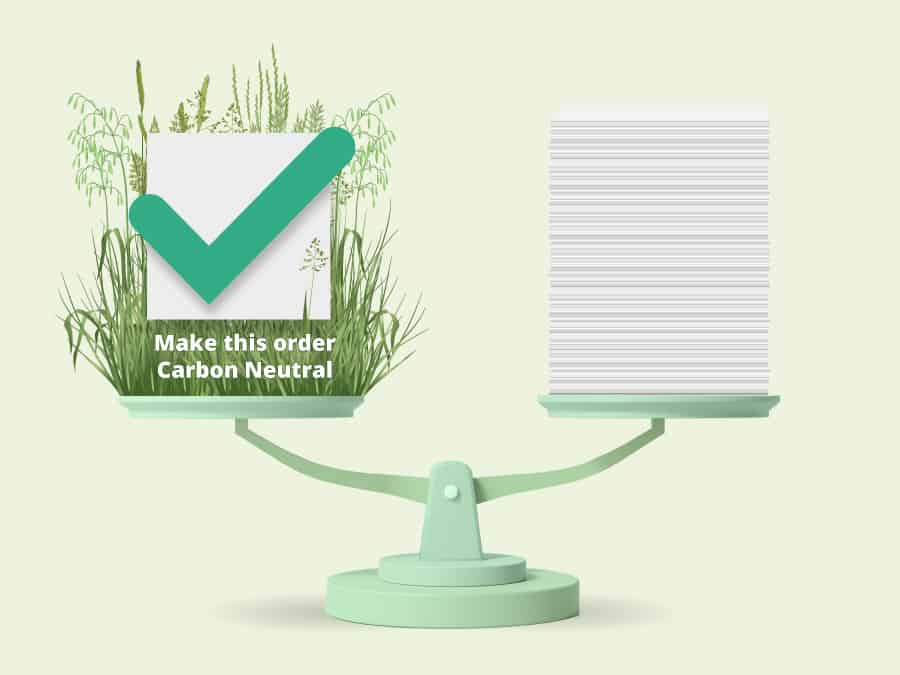We hear about carbon offsetting and recycling constantly.
Through the polluted mist, carbon offsetting has seemingly replaced recycling as the Everest of green living.
Is offsetting just a greenwashing scheme to finesse the public images of big businesses?
Moreover, as a business and as a customer, which should we prioritise?
Recycling – a thing of the past?
Recycling is the method of creating new products out of materials that would have otherwise been thrown away as rubbish. It is by no means a new invention.
Since prehistoric times, broken tools would be reused when materials were scarce.
Recycling has been noted in modern civilisation since 9th century Japan but the damaging impact that waste has on all life on earth hasn’t truly been understood until now.
Modern day recycling methods have made this process unrecognisable from its humble origins.
With more opportunities to recycle than ever before, why is only 9% of human waste being recycled?
From plastics to phones; glass to organic waste: there’s very little that can’t be disposed of in a responsible manner.
However, despite this unprecedented awareness of the need to recycle, it seems the human race is failing to take its own advice.
A recent study revealed that of all the plastic waste humans produce, 79% arrives in landfills or the natural environment, 12% is burned, and as previously mentioned, only 9% is recycled.
Recycling can prevent millions of tons of material from being dumped in landfills. A landfill is the equivalent of sweeping the problem under the carpet: burying and piling up monstrous amounts of trash simply shifts the problem without making it go away.
Conversely, recycling benefits society enormously, in more ways than you’d imagine.
Recycling: The good, the bad and the landfills
Energy conservation is the single biggest environmental benefit of recycling.
This is because huge volumes of energy are saved reusing a product when compared to the pollution caused when natural resources and raw materials are converted into new products.
Other benefits of recycling include:
- Reduction of air and water pollution
- Reduction of greenhouse gases
- Conservation of natural resources
- Larger forested land and open space
- Less litter and more pristine natural landscapes and wildlife habitats
However, contamination is the single biggest drawback of recycling.
It’s caused by us, the consumers.
Equally, this should mean it’s an issue we can overturn.
People with the best intentions can accidentally mix non-recyclables in with their disposable waste, meaning a whole batch of recyclables can become contaminated and therefore unusable.
As we discuss in our Ultimate Guide To Paper Recycling, a used takeaway pizza box can ruin your week’s worth of paper and cardboard recycling.
Contamination has several causes:
- Minimal education about what can be recycled
- Different areas being able to recycle different things
- Recycling of hazardous items: needles, nappies and pesticides
- Food and liquid waste not being clean
- Produce that shouldn’t be recycled: plastic bags etc.
On average, 25% of recycling is contaminated. So, every one in four items recycled is of no use and is automatically discarded at a landfill.
Contaminated recycling effects:
- It can send produce straight to a landfill that would have been reused
- Separating contaminated waste uses more time, so makes recycling a more expensive procedure
- Contamination can disrupt or even break machines, meaning more time is needed to fix them which again makes recycling more expensive
- Hazardous waste can expose workers to dangerous working conditions
Unfortunately, modern day recycling has become a sugar-coated term for the journey which the majority of plastic takes on its holiday destination: a landfill.
Carbon neutral – Not sitting on the fence
Carbon neutrality came to prominence in 2006 when it was declared the Oxford Dictionaries’ favourite word in the US.
Products or services characterised as carbon neutral result in no net release of CO2 into the atmosphere.
To be labelled as carbon neutral, a product or service must do one of two things:
- Require no carbon to produce
OR
- Offset all carbon released during its lifespan in offset projects
Planting trees, building wind farms and cleaning the oceans of plastic are common types of offset projects.
Think of carbon offsetting like a bank who you pay your debt off to.
Instead of debt, however, you’re paying off any carbon you produce by offsetting it somewhere else through an offset project, like the ones we support in Brazil and Nicaragua.
Carbon offsetting will absorb huge amounts of CO2 that we humans produce and prevent it from going into our atmosphere.
Getting warmer
Most products go from being harvested to the production line, to the end of the line: the customer via delivery service.
Many companies struggle to keep all of these stages of production carbon neutral. This is why carbon offset projects have seen a meteoric rise.
The idea is that, for all the greenhouse gases emitted as the result of manufacturing a product, an equivalent weight of CO2 will be reabsorbed thanks to carbon offsetting products. Ideally, that reabsorption will be achieved within the lifespan of that product.
Mounting global pressure to find solutions to fix, slow and annul climate change has no doubt brought offsetting to prominence more hastily.
After the Paris Agreement and COP26, carbon neutrality is expected to be achieved by all participants to prevent our globe’s temperature from rising by +1.5°C.
World leaders are now scrambling to meet national and international targets set to prevent temperature’s reaching +1.5°C.
Some major moves have been promised in the carbon neutral league to prevent this:
- The UK government plan on Britain being net-zero by 2050.
- The UK have banned the production and sale of new diesel cars come 2030
- The UN has made a net-zero commitment by 2050
This net-zero commitment by the UN comes as research shows 68% of global emissions come from the ten highest greenhouse gas emitting countries.
Staggeringly, 46% of the total global emissions come from just three places:
- China
- The United States of America
- The European Union
However, some companies are taking things into their own account.
Apple claims to be run on a carbon neutral basis. By 2030, Apple want every device they sell to have a net-zero climate impact.
Google already claim to have a net-zero climate impact, through their use of carbon offsetting.
Offsetting the peace
Carbon offsetting has been characterised as corporate greenwashing by Greenpeace.
They claim fossil fuel burners like BP and Shell as well as the airports like Heathrow and airlines like EasyJet use offsetting as a PR stunt more than anything of substance.
Without reducing their exorbitant emissions and impact on the environment, their offset efforts will have less strength in tackling climate change.
Projects are largely located in developing countries.
Having offset projects in less fortunate communities has a vast list of benefits for everyone involved.
Offsetting projects provide jobs to local communities which improves the economy. They improve vital resources like access to clean drinking water.
They also expand on local infrastructures and preserve biodiversity.
Wind farms, like the one we support in Brazil, offset hundreds of millions of CO2 year on year. They also help power large areas and support more than just the local community.
Solopress’ offset efforts
Here at Solopress, we have just surpassed our goal of offsetting 100,000 kg of CO2 in just over a year. This was achieved by working alongside ClimatePartner with three separate carbon offset projects which we support.
We couldn’t have done this without your support in purchasing products from our Solopress Green range.
We’re proud to prove we’re not just green box tickers. All products, from Flyers to Business Cards and Postcards, are sourced, manufactured and delivered on a carbon neutral promise.
Our entire operation is powered on 100% renewable electricity, through our partnership with TotalEnergies Gas.
Through both reducing their carbon usage and offsetting any they do produce, they can provide a completely carbon neutral delivery service.
Blue lights and blaring sirens
Recycling is an important way that we can limit the damage we’re forcing on our oceans and green habitats.
Reducing our waste will help preserve these diverse environments as well as enabling them to absorb carbon to their full potential.
Carbon offsetting is the way we’re going to mitigate climate change, alongside a global reduction on our emissions.
Time is of the essence to prevent a global rise in temperature, so there’s no either or here.
We need to fix both issues with blue lights on and sirens blaring.
Offsetting is a positive step to make good our impact on climate change, but reducing our harmful behaviours is the only long-term answer Earth wants to see.

